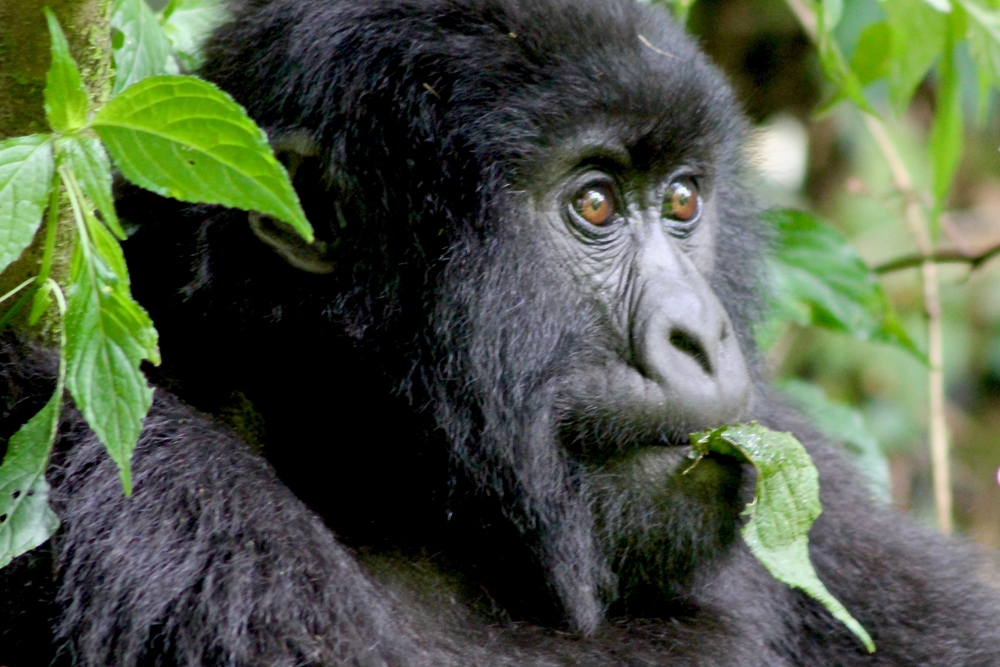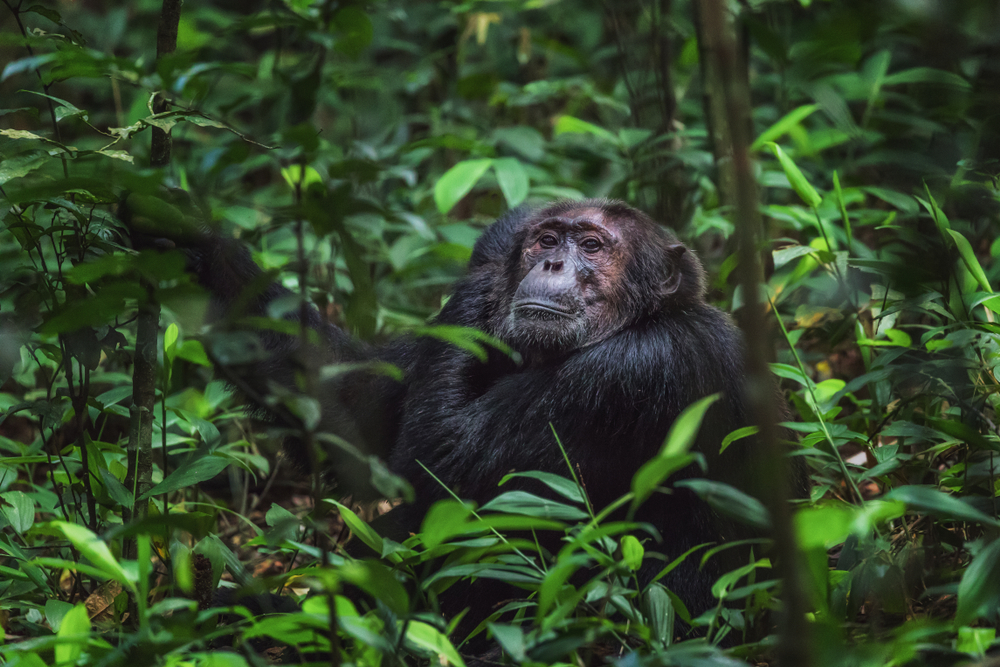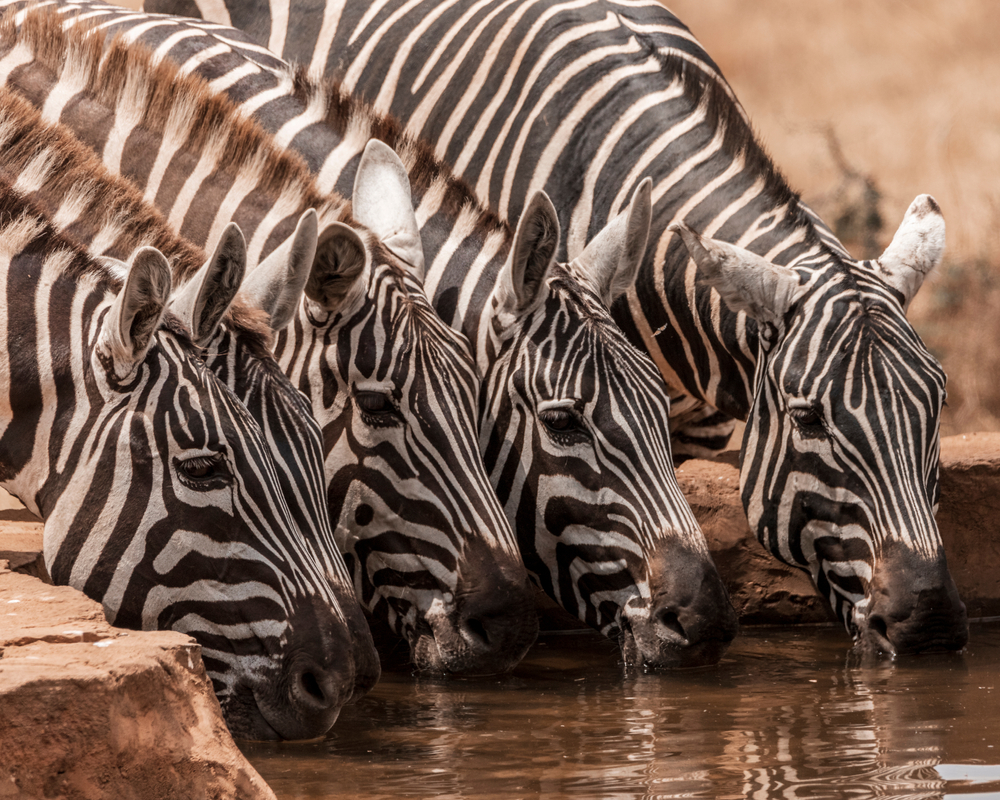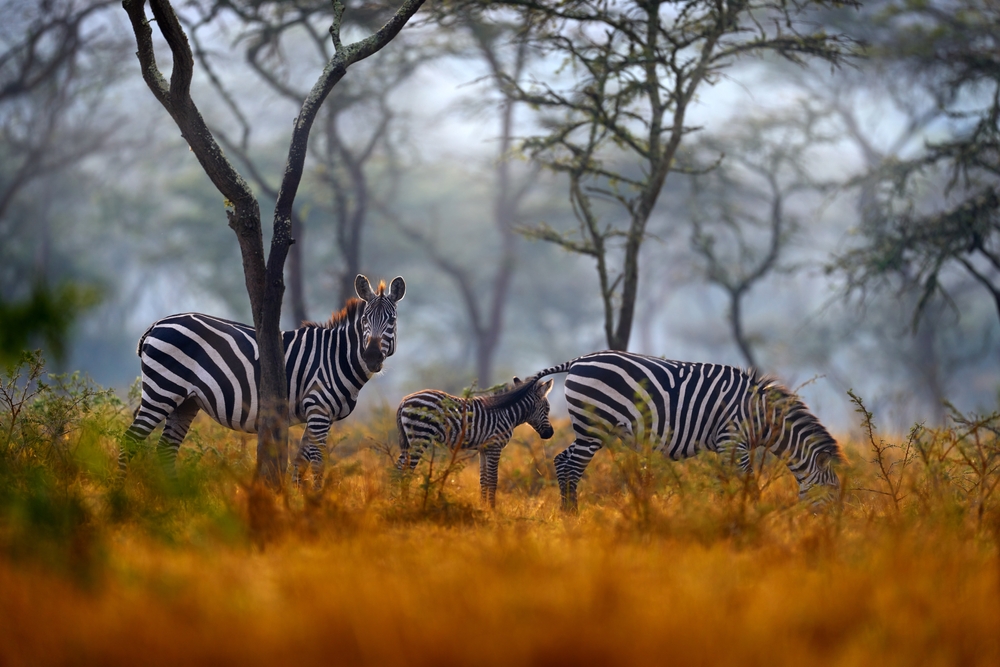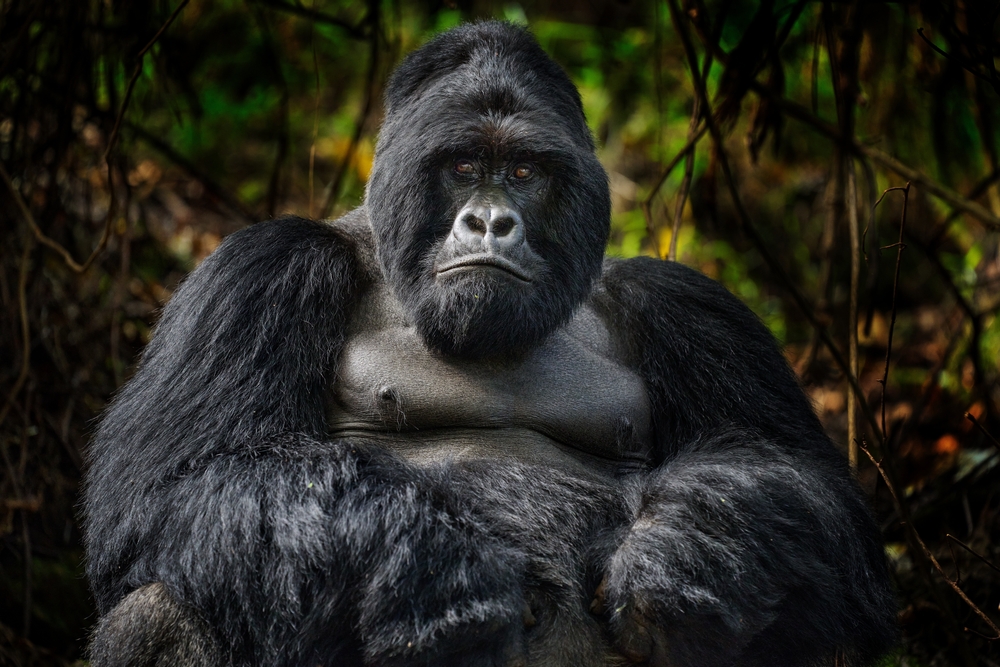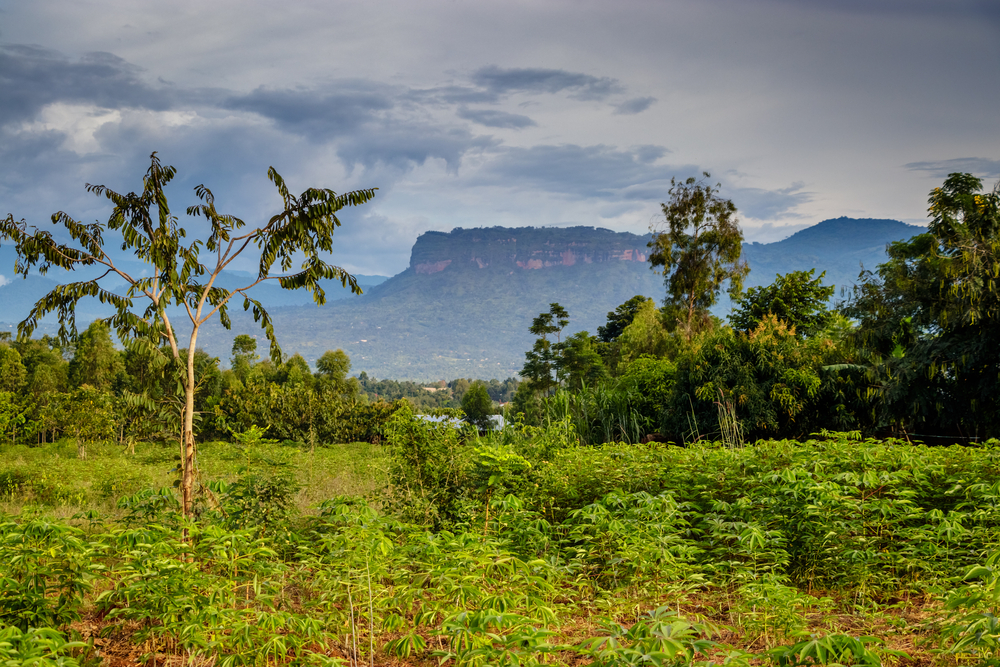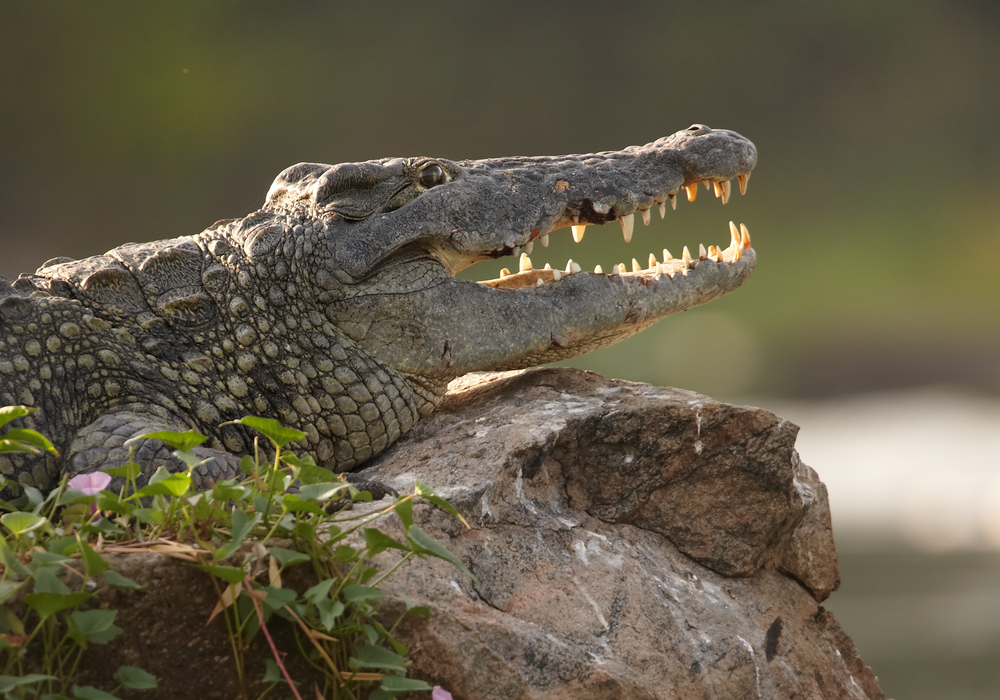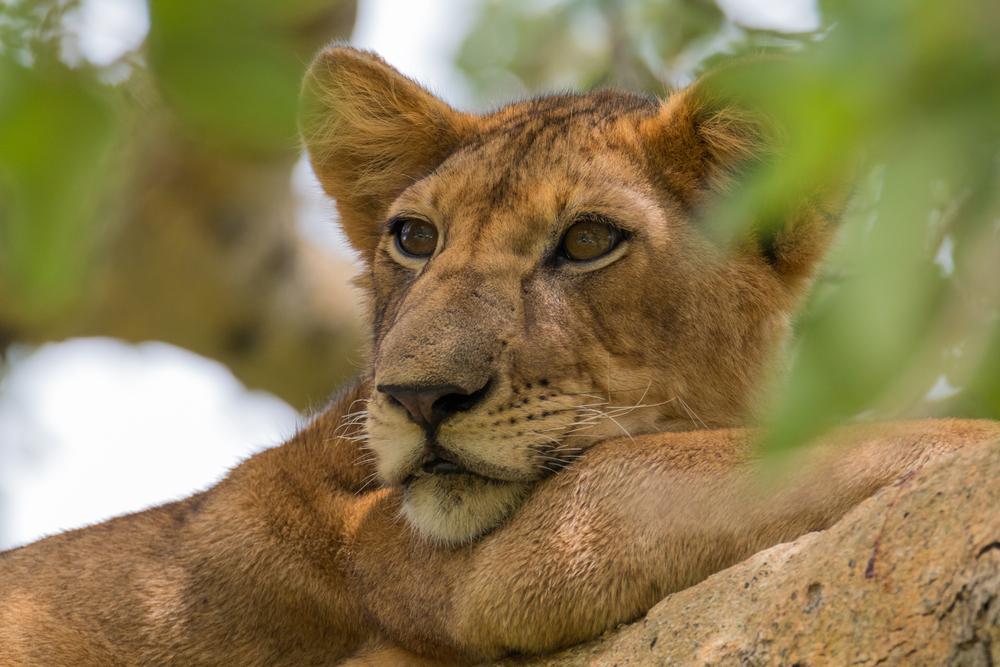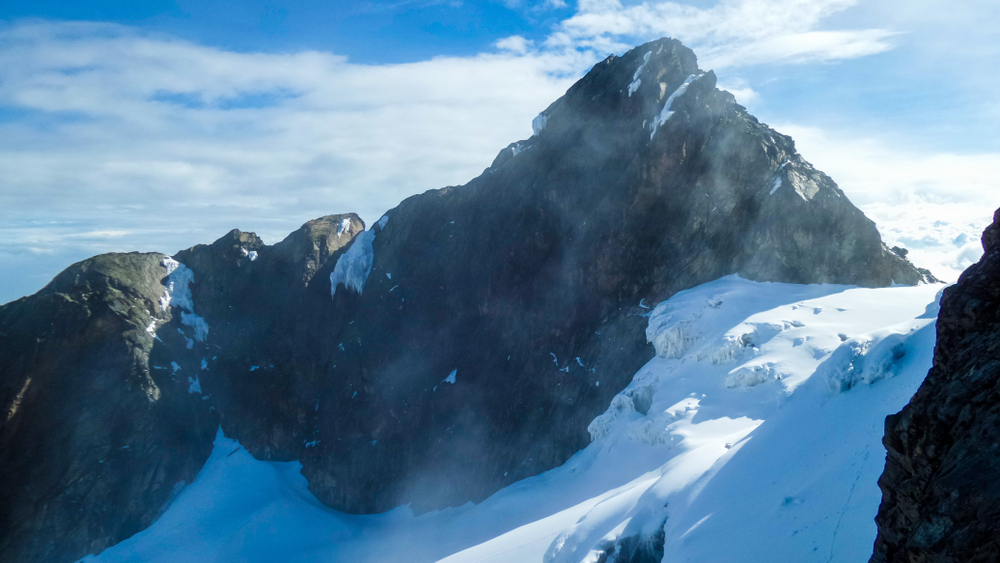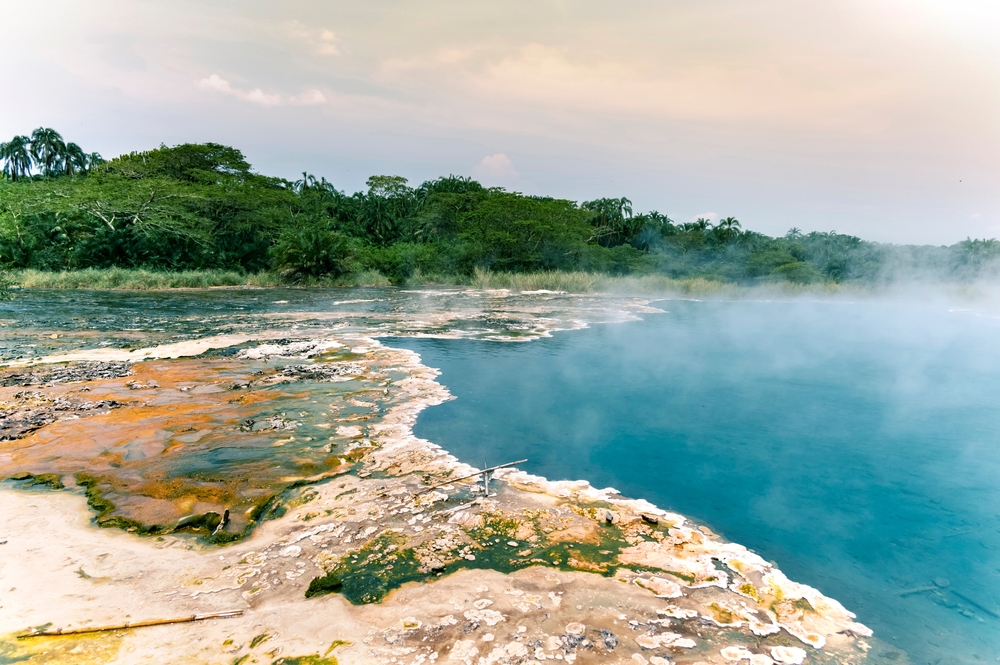Uganda’s national parks are renowned for their diverse ecosystems, abundant wildlife, and stunning landscapes, making the country one of Africa’s premier eco-tourism destinations. With ten officially recognized national parks, Uganda offers visitors the opportunity to experience its unique biodiversity and natural beauty. From the iconic mountain gorillas of Bwindi Impenetrable National Park to the expansive savannas of Queen Elizabeth National Park and the breathtaking peaks of Rwenzori Mountains National Park, Uganda’s parks cater to a wide range of interests.
Bwindi Impenetrable National Park, a UNESCO World Heritage Site, is one of Uganda’s most famous parks, covering approximately 331 square kilometers (128 square miles) of dense rainforest. It is home to nearly half of the world’s remaining mountain gorillas, making gorilla trekking a bucket-list experience for many visitors. Beyond the gorillas, the park boasts an extraordinary variety of plants, birds, and other wildlife, adding to its ecological importance.
Queen Elizabeth National Park is another highlight, offering a blend of savannas, wetlands, and lakeshores that support a remarkable array of wildlife. Covering 1,978 square kilometers (764 square miles), it is home to elephants, lions, leopards, and over 600 bird species. The park is also famous for its tree-climbing lions in the Ishasha sector and boat safaris along the Kazinga Channel, which provide close encounters with hippos and crocodiles.
Rwenzori Mountains National Park, also a UNESCO World Heritage Site, is known for its dramatic landscapes, including snow-capped peaks, glaciers, and alpine vegetation. Spanning 996 square kilometers (384 square miles), the park attracts adventurous hikers and climbers who come to explore its challenging trails and unique flora and fauna. The park also supports endemic species and is an essential water catchment area for the region.
Despite their ecological significance, Uganda’s national parks face challenges, including poaching, human-wildlife conflicts, and encroachment from agriculture and settlements. Conservation efforts have been bolstered by the Uganda Wildlife Authority, which works alongside local communities and international organizations to implement anti-poaching initiatives, community-based tourism projects, and habitat restoration programs. The introduction of revenue-sharing schemes has helped to reduce conflicts by ensuring that local communities benefit directly from tourism.
Uganda’s national parks stand as vital conservation areas and major attractions for eco-tourism, offering unforgettable experiences while protecting the country’s natural heritage. By addressing ongoing conservation challenges and fostering sustainable practices, these parks continue to play a crucial role in preserving Uganda’s biodiversity and supporting its economy.
Below is an alphabetical list of the national parks in Uganda. You can review your favorite or explore them all and learn about the eco-diversity found throughout the country.










































































